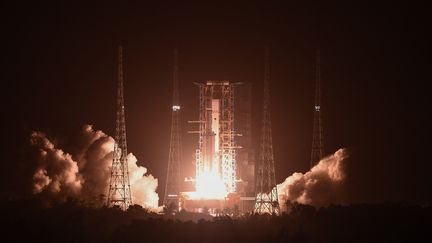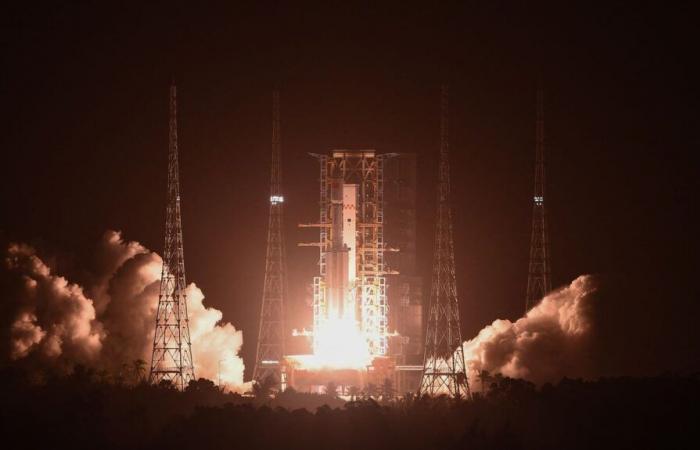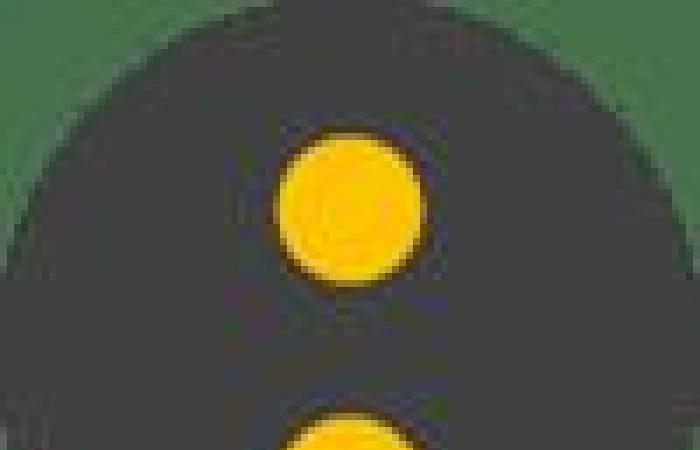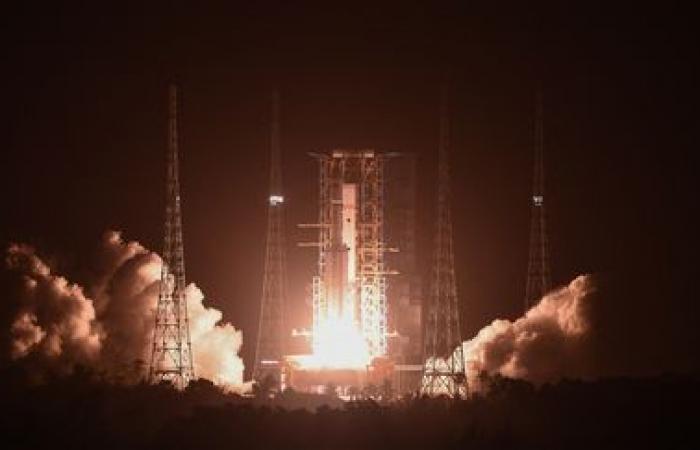Made on Earth from components imitating lunar soil, they will be “placed outside the Chinese space station” to “see if their performance degrades” in the extreme conditions of the Moon.
Published on 15/11/2024 11:27
Updated on 15/11/2024 12:01
Reading time: 2min

A little game of Lego in space? China is due to launch a cargo ship to the Chinese Tiangong space station on Friday, November 15, with on board bricks made from components imitating lunar soil. Beijing intends to subject this innovative material to extreme conditions in the hypothesis of building its future base on the Moon by 2035 with soil taken on site.
Several samples of bricks, of different compositions, will be subjected to conditions similar to those encountered on our satellite. “We will place them outside the space station and leave them there, subject to the elements” in order to “see if their performance is deteriorating or not”according to the researchers who developed them. The Moon, where the temperature can vary from 180 degrees to -190 degrees, is not protected by an atmosphere. It is hit by a large amount of cosmic radiation and by micrometeorites, as well as earthquakes which can weaken structures.
China took inspiration from the material collected by the Chang'e 5 probe, which in late 2020 was the world's first mission in four decades to bring back lunar soil. These bricks, black in color, are three times more resistant than standard bricks. They can fit into each other, avoiding the use of binders, which would be a challenge on the Moon, according to the researchers. “The goal in the future is to use in situ resources, lunar soil (…) to create different types of constructions”they specify.
Other countries aiming to build a lunar base are working on the development of bricks imitating lunar soil. NASA, which hopes to send humans to the Moon in 2026, is testing elements made with 3D printers. The European Space Agency has carried out studies on how to assemble bricks, taking inspiration from the structure of Lego.
Making bricks directly on the Moon is something “from obvious to trying”car “It's much cheaper to use locally available materials than to have to ship them from Earth” with spacecraft, comments Jacco van Loon, professor of astrophysics at Keele University (United Kingdom). The Chinese experience “has a good chance of success and the results will pave the way for the construction of lunar bases”he believes.








